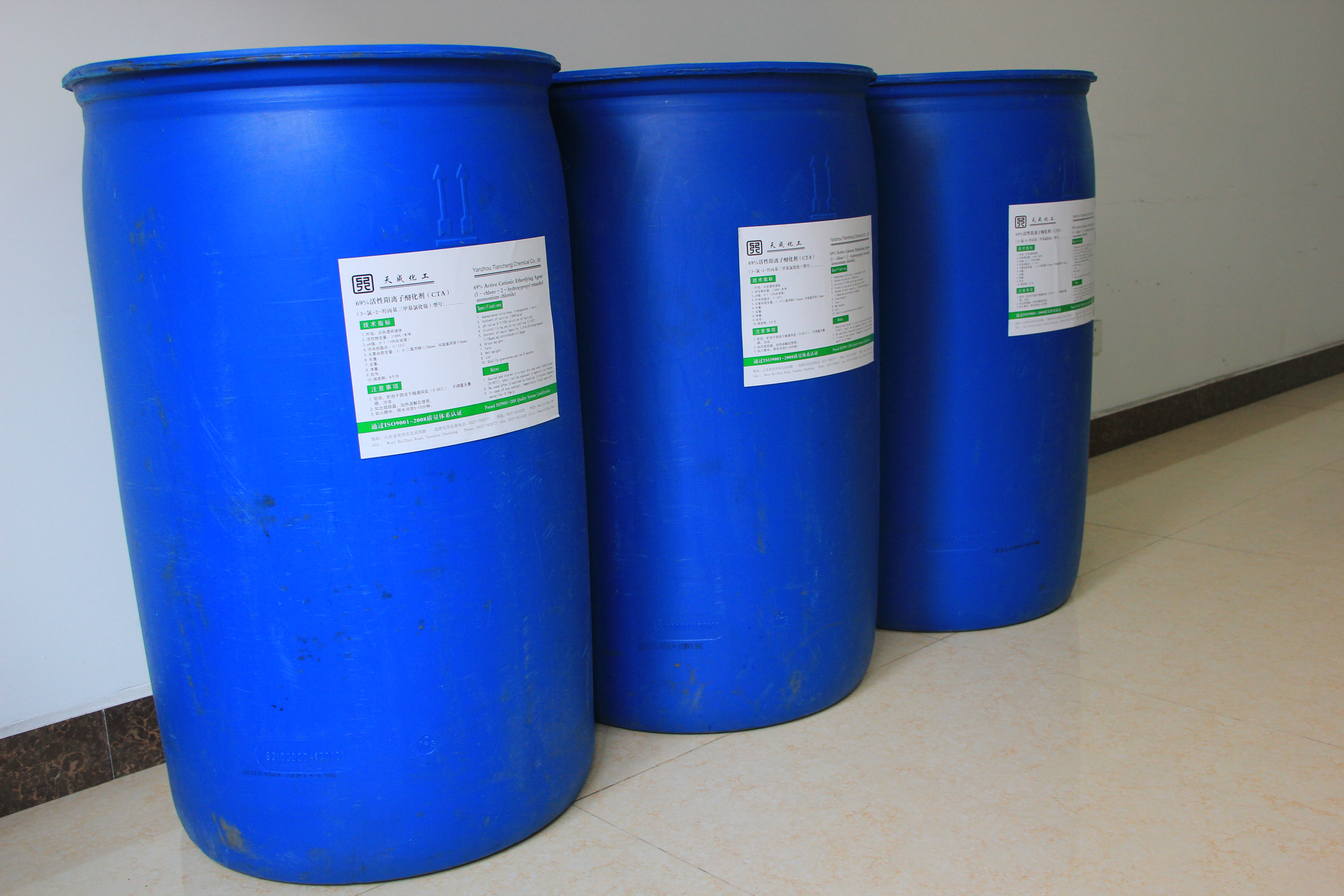With the arrival of the rainy season, common summer corn diseases such as brown spot disease are starting to appear. This fungal infection affects various parts of the plant, including the leaves, leaf sheaths, and stems, and can significantly impact crop health if not managed properly.
The symptoms typically begin on the outer leaves and male flowers of the ear, showing up as yellowish-brown or reddish-brown spots that are round, oval, or elongated in shape. These lesions are often clustered, especially at the junctions between the leaves and the leaf sheaths, and may form transverse band-like patterns. As the disease progresses, the affected areas become more severe, with larger brown spots appearing on the leaf sheaths and veins. In advanced stages, the epidermis ruptures, releasing a brown powder (spores of the pathogen). The infected leaves may partially peel away, leaving the vascular bundles intact as thread-like structures. On the stems, lesions commonly occur near the nodes and may break at the infection site.
The disease is caused by a fungus that survives in the soil or on infected plant debris in the form of dormant spores. These spores are carried by wind to new corn plants the following year. Under favorable conditions—such as high humidity, warm temperatures, and frequent rainfall—the spores germinate and produce zoospores, which swim through water droplets on the leaf surface and penetrate the plant tissue. The infection usually targets young tissues during the bell stage of growth. The disease tends to be more severe in poor soils where the plants are weak and yellowing, while well-fertilized, healthy corn shows fewer symptoms.
To manage this disease effectively, proper agricultural practices are essential. Applying sufficient base fertilizer, along with timely top-dressing of N, P, and K compounds, helps strengthen the plants. Maintaining appropriate planting density, ensuring good field ventilation, and using dry sowing techniques can promote strong root development and overall plant vigor. Formula fertilization, which balances nitrogen, phosphorus, and potassium, supports robust growth and enhances disease resistance.
Chemical control is also an important strategy. At the 4-5 leaf stage, foliar sprays such as 25% triadimefon diluted at 1500 times, 50% acetamiprid wettable powder at 1500 times, 12.5% fludioxonil wettable powder at 1000 times, or 50% carbendazim wettable powder at 500 times can help prevent the spread of the disease. To enhance effectiveness, adding potassium dihydrogen phosphate or urea during spraying, combined with top-dressing, can improve plant resilience. Given the current rainy weather, it's recommended to apply the fungicide 2–3 times, with intervals of 7 days. After each application, ensure the spray remains on the plant for at least 6 hours before rain occurs.
Electronic Chemicals Series
Also known as electronic chemical materials. Generally refers to the electronics industry uses specialized chemicals and chemical materials, that is, electronic components, printed circuit boards, industrial and consumer production and packaging of various chemicals and materials. It can be divided into substrates, photoresists, electroplating chemicals, packaging materials, high purity reagents, specialty gases, solvents, pre-cleaning dopants, flux masks, acids and etchants, electronic adhesives and auxiliary materials Other categories. Electronic chemicals with many varieties, high quality requirements, small dosage, demanding on the cleanliness of the environment, product replacement fast, large capital investment, higher value-added products, etc., these characteristics with the development of micro-processing technology more and more obvious.
Electronic chemicals, also referred to as electronic chemical materials, refer to the fine chemical materials that are used in the electronics industry. The electronic chemicals are a kind of special chemicals. As far as the properties of the production process are concerned, they belong to the fine chemical industry. In terms of product use, Belongs to the electronic material industry. According to the classification standard of China's national economy, the electronic chemicals industry belongs to "Specialized Chemical Products Manufacturing Industry" (2662); according to the "Guidelines for Industry Classification of Listed Companies" promulgated by China Securities Regulatory Commission in April 2001, it belongs to "Specialized Chemical Products Manufacturing Industry" C4360 ). They include integrated circuits and discrete device chemistries, such as chip production photoresist, ultra-clean high-purity reagents, ultra-clean high purity gas, plastic packaging materials; color TV with chemical materials, such as color phosphor, CPT Supporting the water-soluble resist, high-purity inorganic salts, organic films, etc .; chemical materials used in printed circuit boards, such as dry film resist, ink, chemical and electroplating copper plating solution and its additives, surface mount process conductive paste , Cleaning agents, liquid solder resist photoresist, adhesive patch, conductive adhesive, solder paste, pre-coated flux, clean and water-based process flux; liquid crystal display devices with chemical materials, such as liquid crystal, photoresist , Oriented films, adhesives, slurries, electrolytes, films and encapsulants, polarizers, etc .; polishing materials, ect.

Surface Active Agent Tc-1000,Surface Active Agent Tc-2000,Surface Active Agent,Electronic Chemicals
Shandong Tiancheng Chemical Co., Ltd. , https://www.tianchengchemical.com
